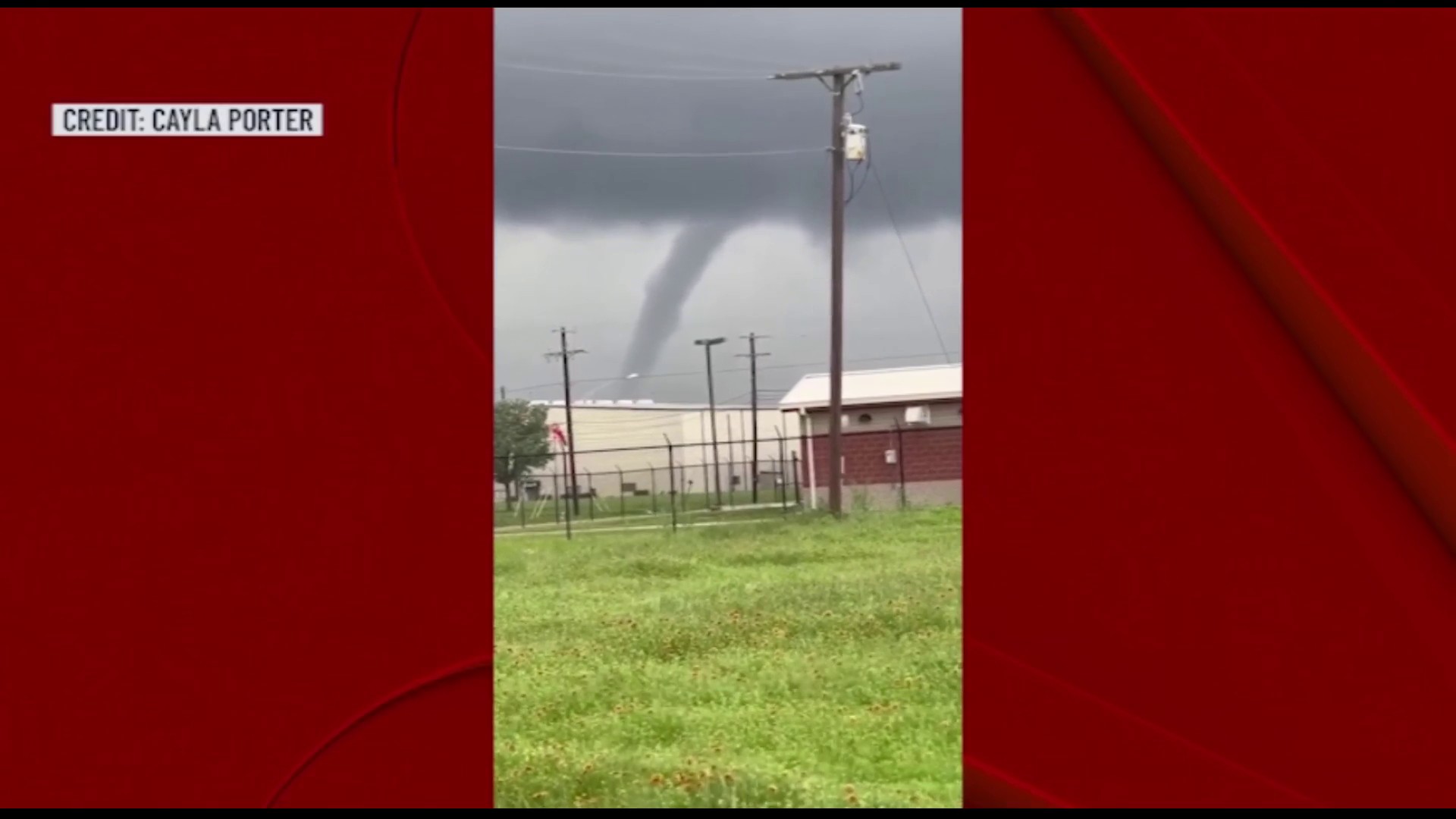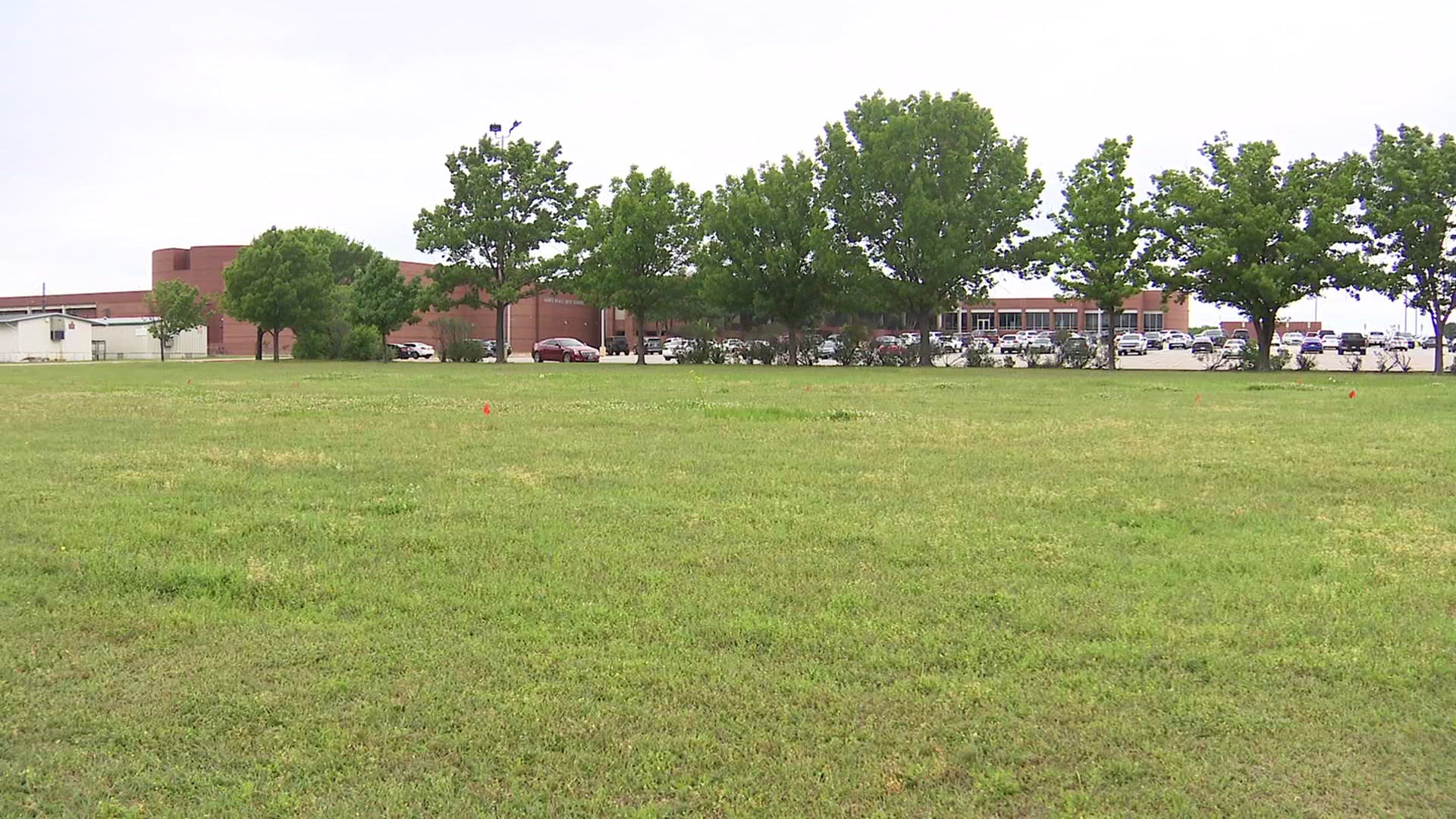What to Know
- Space shuttle Columbia was destroyed during reentry on Feb. 1, 2003.
- Seven astronauts died when the shuttle broke apart over Texas.
- The debris field stretched from west of Fort Worth to Louisiana.
This week marked 20 years since the space shuttle Columbia tragedy. For the first time, two FBI agents are sharing their emotional accounts of the recovery of the astronauts.
Columbia was just 16 minutes from its planned touchdown in Florida when it broke apart over Texas. A piece of fuel-tank foam came off and punctured the left wing during liftoff 16 days earlier.
An NBC 5 photojournalist captured the unusual and ominous streak that filled the sky. Not long after that, the nation would come to know that all seven astronauts on board had died as the shuttle broke apart over Texas.
Get DFW local news, weather forecasts and entertainment stories to your inbox. Sign up for NBC DFW newsletters.
Photos: Former FBI Agents Share Emotional Accounts of Space Shuttle Columbia Recovery Task
Brent Chambers, an FBI agent who lived in Rockwall at the time, remembered being outside. "I just hear this loud boom. And I just went, 'something, that wasn't right,'" he said. "I just start driving to where I heard it from. And that was, that was east."
Allen Wilson was among the agents from the Dallas FBI office who scrambled east not knowing what they would find. "I had absolutely no idea," Wilson said.
Local
The latest news from around North Texas.
A trail of debris stretched hundreds of miles from west of Fort Worth all the way to Louisiana. The heaviest concentration was near Nacogdoches and Lufkin.
A RECOVERY MISSION LIKE NO OTHER BEFORE
"I had never been to East Texas before and the terrain is tough," said Wilson. "It was thick woods, swampy, boggy."
Wilson and Chambers were on the evidence response team, a unit specializing in complicated crime scenes with lots of unknowns.
"We were learning as we're going because we had never dealt with all this jet fuel before. And all the outer space and the radiation," said Chambers.
Chunks of debris rained down along highways and smashed into roofs.
"It's amazing to me that nobody on the ground was injured," said Wilson.
Photos: Former FBI Agents Share Emotional Accounts of Space Shuttle Columbia Recovery Task
Texans everywhere along the trail of tragedy played a crucial role in the recovery.
"They would put barricades around stuff, put flags all around," said Chambers. "And they would be out there with guns protecting it. One guy, remember, he would stay there for a day and a half till we got there, he wasn't going to move."
An estimated 25,000 people from dozens of agencies recovered more than 80,000 pieces of the shuttle.
"He's got it in his hand and I've got a bag and then he's mapping the location we're at," Wilson said of the recovery process.
The GPS coordinates were plotted on massive maps to pinpoint debris.
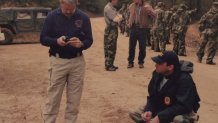
"You can see the concentration," said Wilson pointing to a map of the debris field. "I had no idea. The extent of it until you walked in and started seeing how some of these were mapping out."
Law enforcement and the National Guard combed through forests and fields.
"If it was human remains, or they thought it was human remains. That's when they'd call my team," said Wilson.
Astronauts and chaplains joined Wilson, Chambers and other agents on a deeply personal mission. Saying last rites for the astronauts who perished.
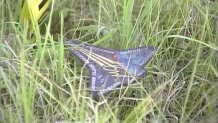
"It was a very, you know -- unlike a crime scene in that regard -- very solemn, very sacred, righteous recovery of those remains," said Wilson.
The search for Columbia's crew revealed helmets and patches laying on the ground.
"You know, you'd have people getting choked up and crying, and me included," said Chambers.
The recovery mission did not end until agents knew that each of the astronauts had come home.
"Our mission was to keep going until we had recovered the entire crew. And 13th or 14th day, we got the call that that had happened, said Wilson. "It was emotional, it was kind of hard to leave in a certain way."
Before Chambers left East Texas, an astronaut gave him a keepsake and he has treasured it ever since. Space shuttle Columbia's final mission patch hangs on his wall. It bears the names of the seven astronauts that he and Wilson brought back home to their families.
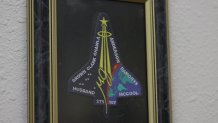
"That's the best I can do, just helping them bring each other home," Chambers said. "It was touching times."
Wilson recently retired from the FBI. Chambers also retired from the FBI and is a police captain in the small East Texas town of Lindale.
TEXAS A&M MARKS ANNIVERSARY WITH TREE PLANTING
The Texas A&M Forest Service played a critical role in the recovery mission. On Wednesday, it held a memorial in Nacogdoches.
Seven trees were planted there to honor Columbia's crew.
Now, they've been joined by two more trees to honor two Forest Service pilots who died in a helicopter crash during the search for debris.
The Forest Service also installed a new plaque with information about the shuttle disaster.
NASA COMMEMORATES FALLEN ASTRONAUTS ON THE LAST THURSDAY OF EVERY JANUARY
The Apollo 1 launch pad fire claimed three astronauts' lives on Jan. 27, 1967. Shuttle Challenger broke apart during liftoff on Jan. 28, 1986, killing all seven aboard, and shuttle Columbia was destroyed during reentry on Feb. 1, 2003.
Because of the clustering of these three dates, NASA sets aside the last Thursday of every January to commemorate its fallen astronauts. At space centers across the country, flags were lowered to half-staff, with ceremonies held.
This year, more than 100 people gathered under a gray sky at Kennedy Space Center to remember not only Columbia’s crew of seven, but the 18 other astronauts killed in the line of duty. NASA’s two shuttle accidents account for more than half of the names carved into the black granite of the Space Mirror Memorial; plane crashes are to blame for the rest.
A ship’s bell rang after each of the 25 names was read during last week's ceremony.
AP's Maria Dunn contributed to this report.

